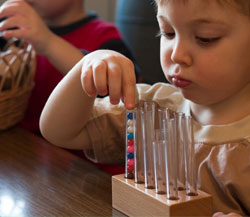 Given paper and a few crayons, the young child finds satisfaction and joy in the creative process, expressing herself with an ease envied by the adult who does not considers themself an artist. For the adult, their work is directed to the end product and is often limited by self-imposed ideas about quality and perfection. The child, on the other hand, is focused only on the process, free from judgment.
Given paper and a few crayons, the young child finds satisfaction and joy in the creative process, expressing herself with an ease envied by the adult who does not considers themself an artist. For the adult, their work is directed to the end product and is often limited by self-imposed ideas about quality and perfection. The child, on the other hand, is focused only on the process, free from judgment.
Observe the three-year old who will sit for long periods of time swirling various colours around and around the page making abstract shapes. The five-year old might paint a picture of her family, their elongated figures with oversized-heads and arms standing under purple clouds and a large yellow sun. Both are pleased.
The child’s artwork is complete when an inner level of development has been reached. Almost without any outward sign, the little artist puts down her crayon or paintbrush and walks away. She is done. She might even forget the picture on the table, or drop it en route to her next activity; she might give the picture away to a friend. There is no attachment to the end product. If there is, it is likely because the child has been requested by an adult to do a painting for them. Continue reading
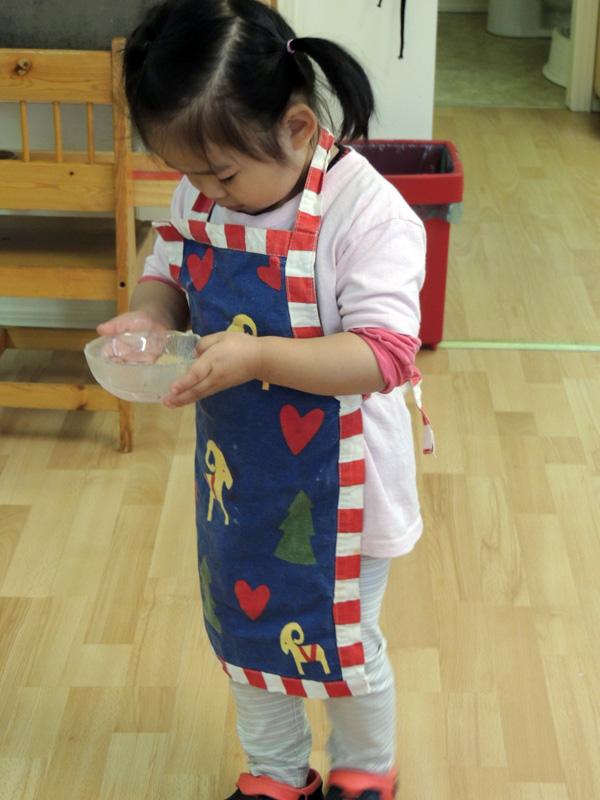 In the Montessori classroom children practice how to be self-sufficient, self-supporting and self-reliant.
In the Montessori classroom children practice how to be self-sufficient, self-supporting and self-reliant.

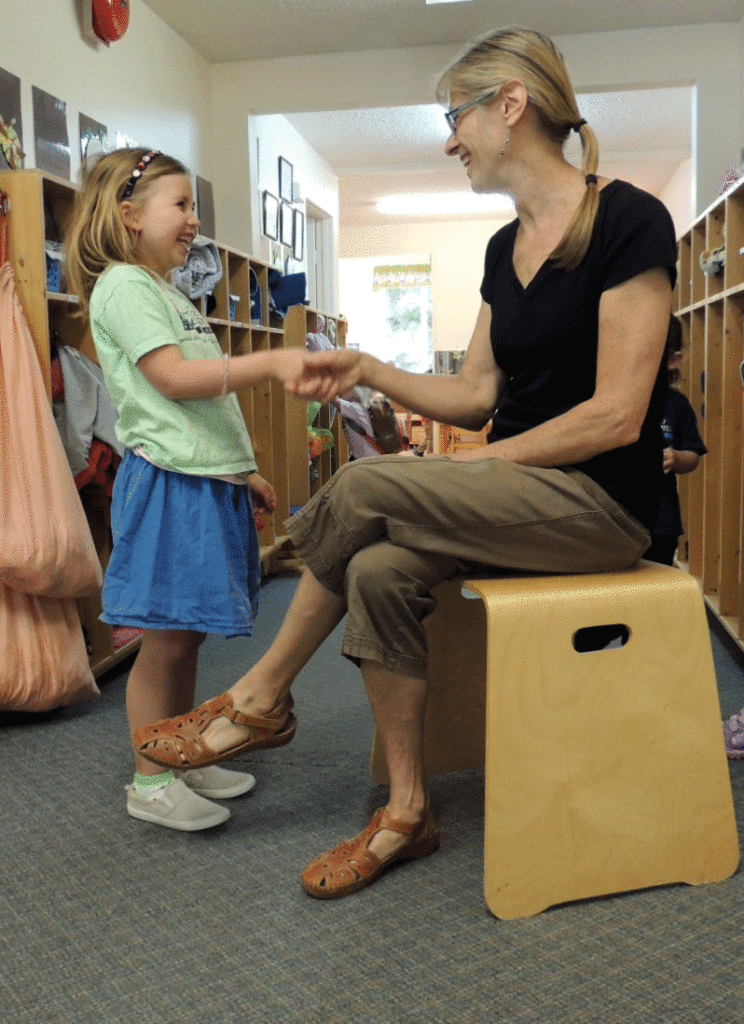



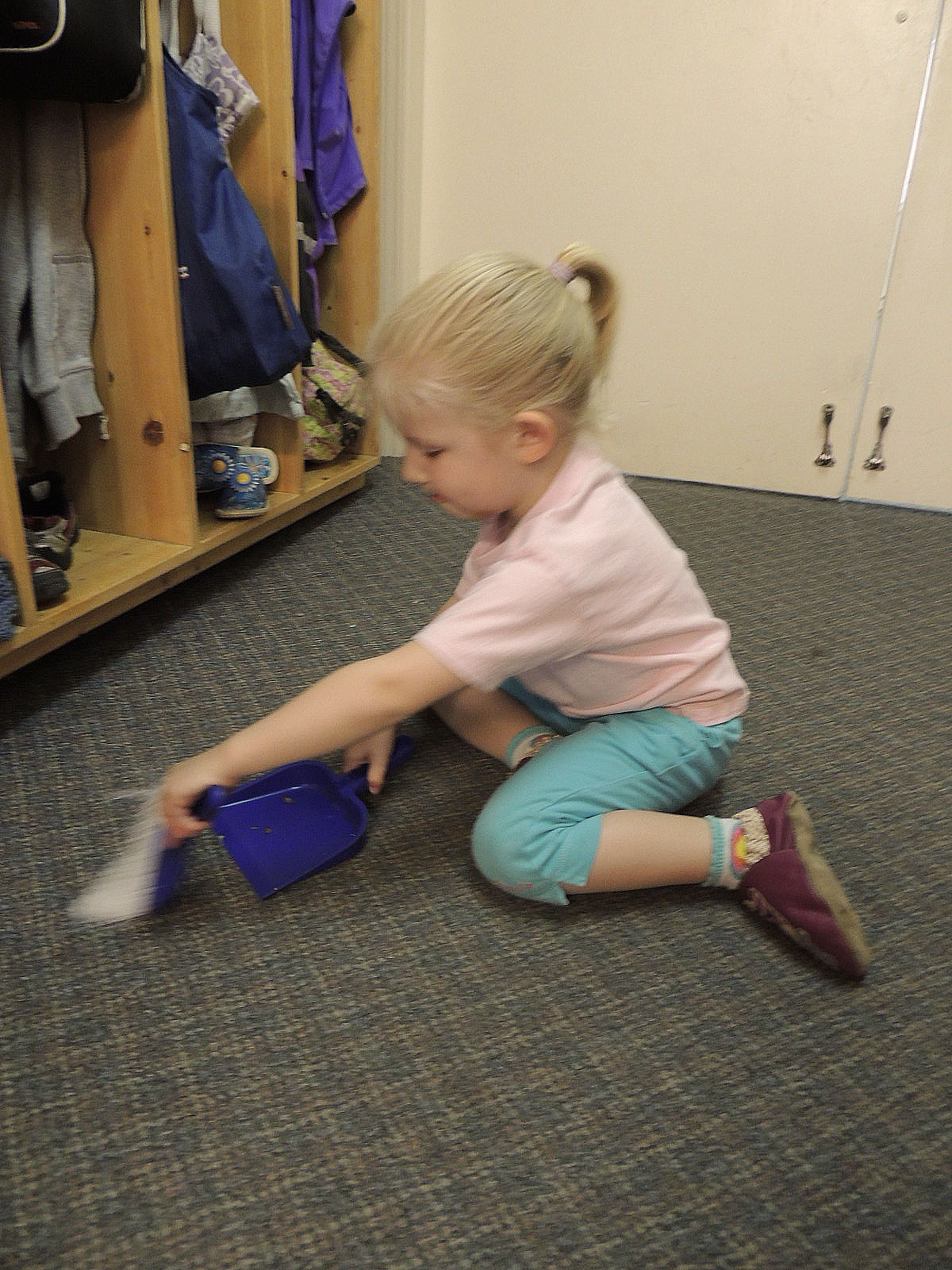
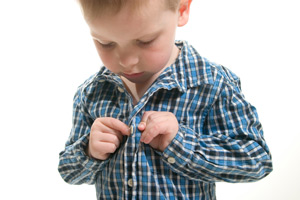

 Given paper and a few crayons, the young child finds satisfaction and joy in the creative process, expressing herself with an ease envied by the adult who does not considers themself an artist. For the adult, their work is directed to the end product and is often limited by self-imposed ideas about quality and perfection. The child, on the other hand, is focused only on the process, free from judgment.
Given paper and a few crayons, the young child finds satisfaction and joy in the creative process, expressing herself with an ease envied by the adult who does not considers themself an artist. For the adult, their work is directed to the end product and is often limited by self-imposed ideas about quality and perfection. The child, on the other hand, is focused only on the process, free from judgment.


